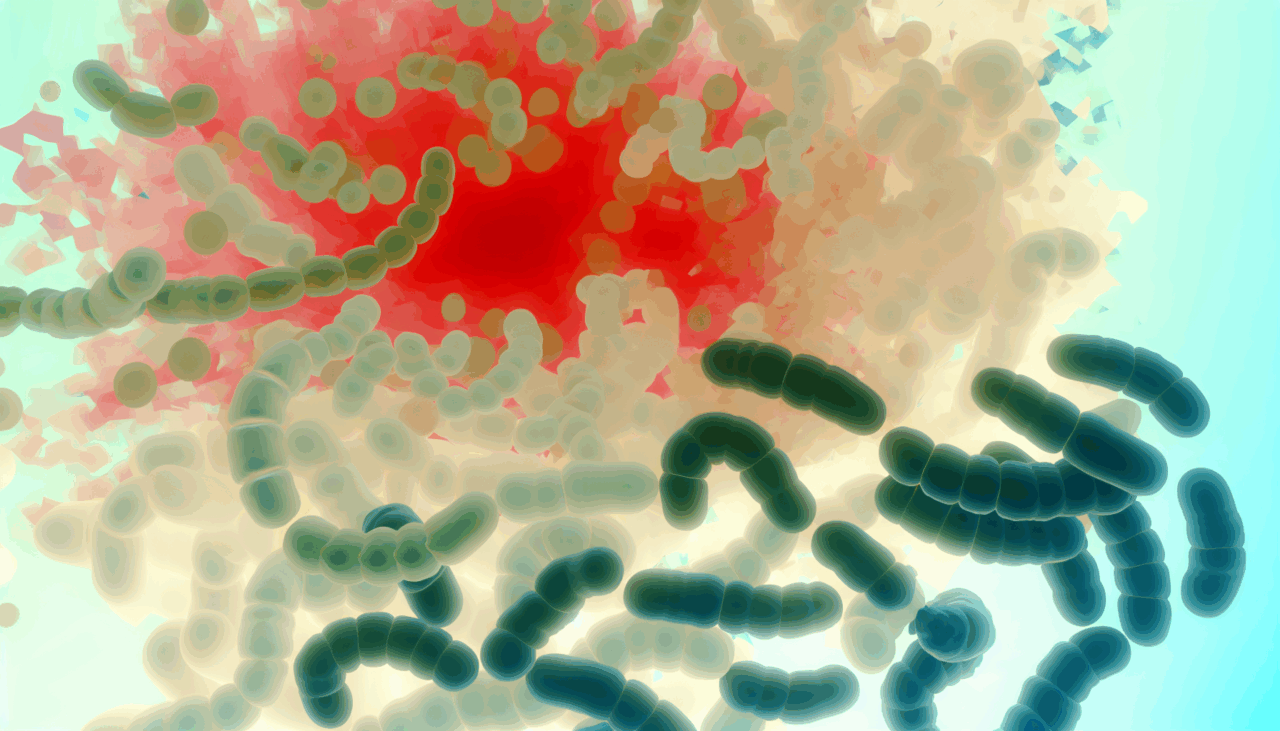Introduction
Crohn’s disease (CD) is a chronic inflammatory bowel disorder that has seen a significant rise in incidence globally, particularly in newly industrialized countries. Exclusive enteral nutrition (EEN) is a first-line therapeutic approach for inducing remission in CD, especially in pediatric patients. Despite its efficacy, the mechanisms through which EEN induces remission remain poorly understood. This study aims to explore the effects of EEN on the gut microbiome and metabolome of CD patients, providing insights into the mechanisms responsible for EEN-induced remission.
Methods
The study involved 25 treatment-naïve CD patients and 25 healthy control subjects. Fecal and blood samples were collected from CD patients before and after 8 weeks of EEN therapy. The gut microbiome composition was analyzed using 16S rRNA gene sequencing, while metabolomic profiling was conducted through liquid chromatography–mass spectrometry (LC–MS). Functional analysis of microbial pathways was performed using the KEGG Orthology (KO) and MetaCyc databases.
Results
EEN therapy induced significant structural shifts in the gut microbiome, notably reducing the abundance of pro-inflammatory bacteria such as Fusobacterium and Veillonella. Metabolomic profiling revealed stage-specific metabolic reprogramming, with alterations in phenazine biosynthesis, indole diterpene alkaloid biosynthesis, and sphingolipid metabolism. Functional analyses indicated the activation of energy metabolism pathways and suppression of pro-inflammatory metabolic pathways. EEN therapy was associated with reduced oxidative stress and improved gut barrier function.
Discussion
The study highlights the role of the gut microbiota as a pivotal interconnector between the immune system and enteral nutrition. EEN exerts therapeutic effects by restoring metabolic balance and enhancing intestinal barrier integrity, achieved by reducing pro-inflammatory bacteria and activating antioxidant and energy metabolism pathways. These findings underscore the potential of EEN in modulating the gut microbiome and metabolome to induce remission in CD patients.
Microbiome and Metabolome Interactions
CD patients exhibit gut microbiota dysbiosis, characterized by reduced microbial diversity and increased abundance of pathogenic bacteria. This dysbiotic profile contributes to intestinal inflammation by disrupting epithelial barrier function and triggering excessive production of pro-inflammatory cytokines. Metabolomic analyses have revealed significant abnormalities in metabolic pathways, including disruptions in tryptophan metabolism, bile acid metabolism, and fatty acid β-oxidation. These metabolic alterations impair intestinal epithelial energy metabolism, compromise immune regulation, and disrupt oxidative stress homeostasis, sustaining chronic intestinal inflammation in CD.
Impact of EEN Therapy
EEN is effective in controlling inflammation and promoting mucosal healing by reducing the expression of key inflammatory factors. The therapy leads to a reduction in gut microbial diversity and changes in the abundance of specific bacterial taxa. Patients responding to EEN exhibit a decrease in protective bacteria, which may be associated with disease remission. The study provides a scientific foundation for refining nutritional therapeutic strategies in CD management.
Conclusion
This study comprehensively integrates microbiome and metabolome analyses, offering new insights into the mechanism of action of EEN therapy in CD. By elucidating the regulatory mechanisms underlying EEN-induced remission, the findings provide valuable insights for developing more effective and targeted therapeutic strategies for CD patients. The identification of specific microbial and metabolic pathways offers a robust framework for future research and clinical applications aimed at improving disease management and patient outcomes.
🔗 **Fuente:** https://www.frontiersin.org/journals/microbiology/articles/10.3389/fmicb.2025.1616122/full

